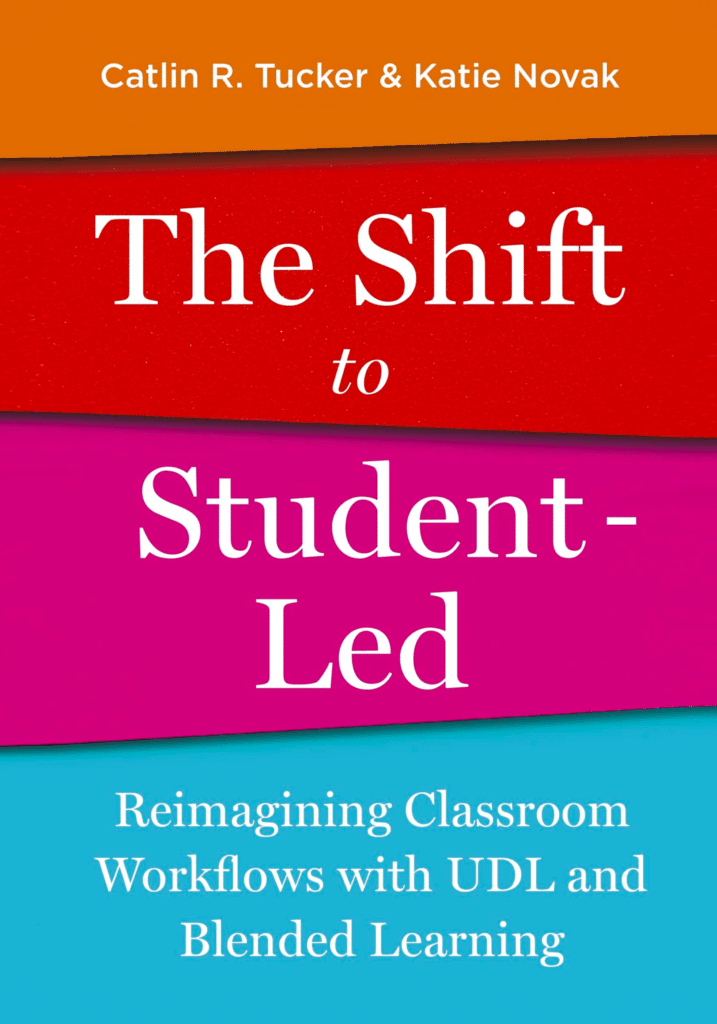Reading is a critical skill for acquiring information in any class. Students read articles, manuals, textbooks, and novels; however, an alarming number of students do not enjoy reading or lack the reading stamina to engage with texts for any length of time.
The Problem with Assigning Reading for Homework
Reading takes time, which is a limited resource in the classroom. That results in reading being sent home with students to complete outside of class. Unfortunately, reading for homework may present significant issues for students. One major issue is that not all students have the resources they need to read at home or a quiet space to focus on a reading assignment. Students with learning disabilities or English language learners may struggle to understand and engage with the material assigned. Assigning reading as homework also burdens students, who already have a lot of homework to complete or after-school activities and may not have enough time to devote to reading. These barriers are problematic for teachers trying to help students acquire information, understand complex concepts, and develop their reading skills.
Some teachers may feel that the only way to ensure students complete reading is the pull the experience into the classroom. However, when reading happens in class, teachers often carry the burden of reading aloud, pausing periodically to highlight important information in the text, and asking students questions to encourage them to think critically about the text. In this scenario, the teacher does the lion’s share of the work in the lesson–reading, questioning, analyzing, and connecting. This is cognitively challenging work that students can and should be doing.
If students do not have the opportunity to select texts that are interesting and accessible or to dictate the pace at which they read, they are less likely to find the experience pleasurable or rewarding. Yet reading is a critical life skill our students need to continue learning long after they leave our classrooms.
Tucker & Novak, The Shift to Student-led: Reimagining Classroom Workflows with UDL and Blended Learning
In our book, The Shift to Student-led, Dr. Katie Novak and I encourage teachers to shift from assigning reading to be completed in isolation (either quietly in class or at home) to using reading assignments as a vehicle to connect students. We encourage teachers to use Universal Design and blended learning to create the time and space needed to shift the responsibility for reading to students, using various strategies designed to help them engage with texts and each other in meaningful ways. When we use student-centered strategies to encourage learners to work together to read a complex text and work collaboratively to make sense of that text, we provide the peer support needed to help readers learn with and from each other.
In the chapter on reading for connection, Katie and I share a collection of strategies, templates, and resources teachers can use to help students read for connection, enjoy agency in relation to their reading, and have more opportunities to control the pace at which they read. The ultimate goal of this workflow shift is to cultivate expert readers who understand their strengths, limitations, and needs as readers.
To learn more about this shift, check out our new book, The Shift to Student-led. Complete this form if you are interested in a discounted bulk order of 10 or more books.





No responses yet